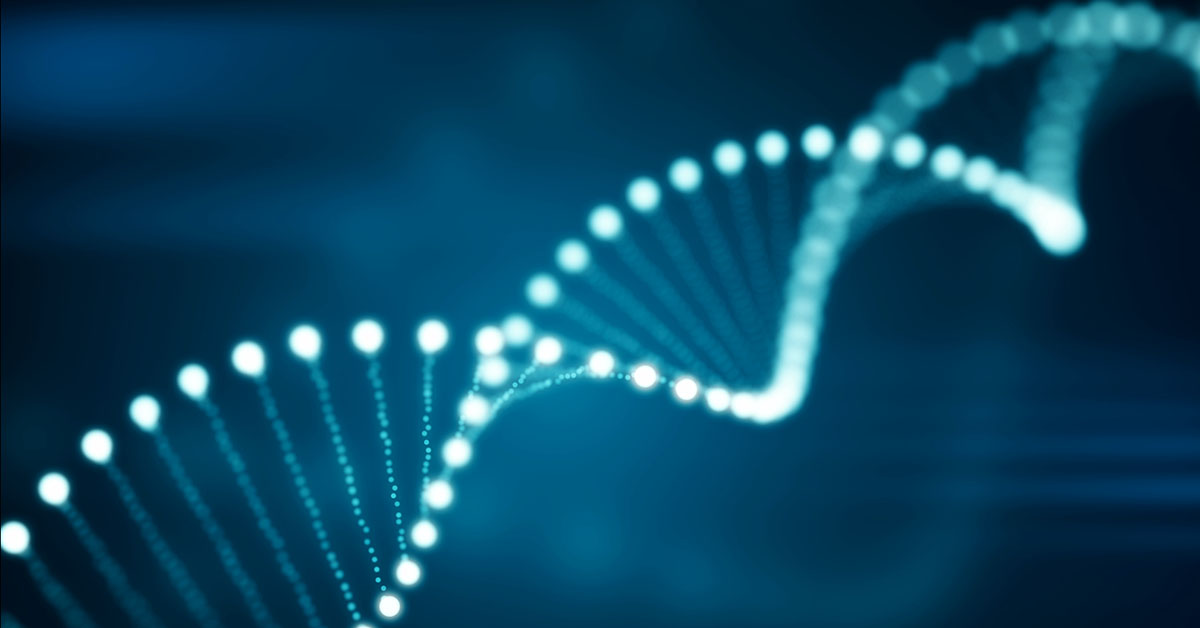
Hereditary vs. Genetic Cancers: What’s the Difference?
-
When it comes to cancer, the term genetic is often used interchangeably with hereditary. But genetic and hereditary cancers aren’t always the same thing, and the difference could play an important role in how a cancer is treated.
Understanding mutations
All cancers are “genetic,” meaning they have a genetic basis. Genes are in the DNA of every cell in the body, and they control how cells grow, divide, and die. Cancer occurs when one or more cells in an organ develop a mutation, which can cause the cells to grow uncontrollably.
Some of these mutations are “hereditary,” meaning they’re passed down from your mother or father and develop in the womb. Oncologists call these germline mutations.
“Germline mutations are inherited, and they’re in every cell of the body,” explained Mary Daly, MD, PhD, FACP, Director of the Risk Assessment Program at Fox Chase Cancer Center.
Some of the best-known germline mutations are the mutations in the BRCA1 and BRCA2 genes, which increase the risk for breast, ovarian, prostate, and pancreatic cancers. But, in general, germline mutations aren’t very common. Experts estimate that they account for a small percentage of all cancers.
Cancer-causing mutations that are not germline mutations are “acquired,” meaning they develop at some point as a person grows up. Oncologists call these somatic mutations, and they only occur in certain cells in the body—not every cell. It’s possible that some somatic mutations are the result of environmental factors, such as smoking or exposure to the sun’s UV rays; but it’s likely other factors also play a role.
Experts still have a lot to learn about both types of mutations. For instance, not all people with germline mutations develop inherited cancers. The same goes for smokers or people who spend a lot of time in the sun without protection—some of them develop lung or skin cancer, but others don’t. “There are a lot of other factors that affect a mutated gene and whether it causes a cancer,” Daly said.
The role of tumor testing
Here’s what is known: Understanding what type of mutation a patient has might affect how their cancer is treated. That’s where tumor testing comes in. “It’s more routine now for oncologists to send a section of a tumor off to have it analyzed for mutations,” Daly said. “The point is to try and find a mutation that’s driving the tumor to inhibit the pathway and to slow down or stop the growth of the tumor.”
For example, PARP inhibitors—medications that block an enzyme used by cells to repair damage to their DNA—can help make BRCA1 and BRCA2 mutations more sensitive to chemotherapy. Patients who have germline mutations can also consult with a genetic counselor to learn how their genes might affect other family members’ cancer risks.
Daly acknowledged that cancer experts still have a lot to learn about the way mutations affect cancer risk and how certain mutations can change the way patients respond to treatment. However, the current knowledge about mutation types and how they form is an important start.
“The truth is, we don’t always find a pathway that we can target with a known drug because the drugs don’t exist yet,” Daly said. “But, there’s hope there.”
Learn more about genetic risk assessment and testing at Fox Chase
